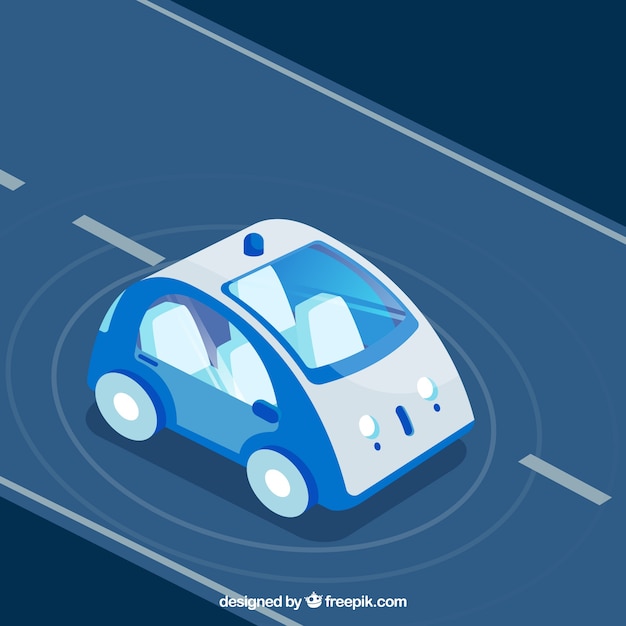The Ultimate Battle: Humans vs. Computers in Autonomous Driving

The Journey Towards Autonomous Vehicles
Davide Santo from NXP discusses the future of driverless cars
Autonomous vehicles are closer to reality than ever, with both automakers and governments investing hundreds of millions into this revolutionary technology. We’re already seeing cars equipped with features like lane assist, parking assist, and adaptive cruise control, which can handle specific tasks without human intervention. Meanwhile, fully driverless prototypes are being tested worldwide.
Today’s autonomous cars rely heavily on an array of sensors like lidar, radar, and cameras. These sensors provide crucial data about the vehicle’s surroundings. However, gathering information is only the first step. Advanced processors and artificial intelligence (AI) then analyze this data to decide the next move.
The Role of AI in Autonomous Driving
Can AI truly replace human drivers? That’s the big question.
Once the sensors collect the data, the car must decide the best course of action without any human input. Two types of intelligence help with this: machine vision and computing vision. Machine vision uses image analysis to estimate motion, distance, and other properties, while computing vision is more nuanced, extracting knowledge from data to make informed decisions. This allows the car to identify objects, gauge their distance, and predict potential collisions to react safely and dependably.
To act like human drivers, autonomous vehicles need to learn in similar ways. However, there are significant differences between AI and human intelligence. AI can classify objects and make predictions, but it’s prone to errors. Moreover, understanding why AI makes certain decisions can be challenging, making it hard to correct mistakes. Both humans and AI can learn from errors, but it’s generally easier to understand a human’s reasoning.
Advantages and Challenges of Autonomous Vehicles
Machines offer several advantages over human drivers. They can use radar to see around objects, employ lidar and cameras to gain a 360-degree view, and process multiple tasks without distraction. Importantly, autonomous vehicles can react almost instantly, potentially saving lives in critical situations.
Emerging technologies like V2X (Vehicle-to-Everything) enable cars to communicate with other vehicles and infrastructure systems, enhancing their ability to respond up to 25 times faster than a human.
Despite these advancements, autonomous cars are not infallible. Unlike humans, machines lack innate initiative, making it difficult for them to navigate unforeseen circumstances intuitively. While they won’t be caught texting and driving, their performance in unpredictable scenarios remains a question. For instance, if an accident is unavoidable, how will AI decide which obstacles to avoid and which ones to hit?
Humans learn to drive through trial, error, and experience, developing nearly intuitive skills. Autonomous cars, on the other hand, need extensive programming to handle a wide range of situations—from avoiding pedestrians to making split-second decisions in complex environments.
In summary, while autonomous vehicles boast impressive capabilities, they still face significant hurdles. As AI continues to evolve, it will be crucial to address these challenges to ensure safe and reliable driverless cars in the future.